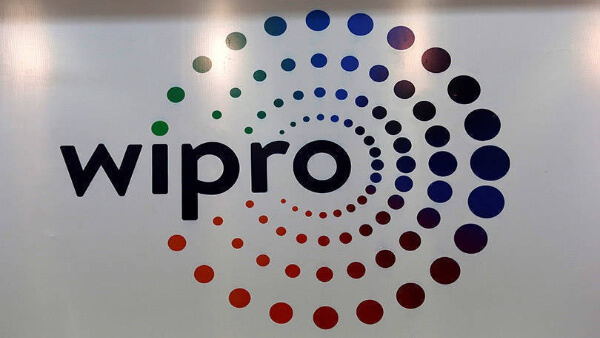
Top Small Cap Mutual Funds: A Comprehensive Analysis for 2025
Introduction
Investing in small-cap mutual funds can offer high returns, but they come with inherent risks. These funds focus on companies with lower market capitalization, which often have high growth potential. This article provides an in-depth analysis of the top small-cap mutual funds in India, helping investors make informed decisions.
Why Invest in Small Cap Mutual Funds?
- High Growth Potential: Small-cap stocks often outperform large caps during bullish market conditions.
- Diversification: Investing in small caps adds variety to your portfolio, reducing reliance on large-cap stocks.
- Early Entry Advantage: Identifying promising small-cap companies early can lead to substantial long-term gains.
Top Small Cap Mutual Funds Overview
1. Quant Small Cap Fund
- Expense Ratio: 0.68%
- AUM: ₹22,832 Cr
- Inception Date: Jan 2013
- Minimum Lumpsum/SIP: ₹5000/₹1000
- Exit Load: 1.0%
- Turnover Ratio: 86.77%
- Risk Level: Very High
2. Bandhan Small Cap Fund
- Expense Ratio: 0.45%
- AUM: ₹9,236 Cr
- Inception Date: Feb 2020
- Minimum Lumpsum/SIP: ₹1000/₹100
- Exit Load: 1.0%
- Turnover Ratio: 89.28%
- Risk Level: Very High
3. Axis Small Cap Fund
- Expense Ratio: 0.56%
- AUM: ₹23,139 Cr
- Inception Date: Dec 2013
- Minimum Lumpsum/SIP: ₹100/₹100
- Exit Load: 1.0%
- Turnover Ratio: 23.19%
- Risk Level: Very High
4. SBI Small Cap Fund
- Expense Ratio: 0.70%
- AUM: ₹31,227 Cr
- Inception Date: Jan 2013
- Minimum Lumpsum/SIP: ₹500
- Exit Load: 1.0%
- Turnover Ratio: 11.87%
- Risk Level: Very High
5. Nippon India Small Cap Fund
- Expense Ratio: 0.70%
- AUM: ₹57,010 Cr
- Inception Date: Jan 2013
- Minimum Lumpsum/SIP: ₹100
- Exit Load: 1.0%
- Turnover Ratio: 22.08%
- Risk Level: Very High
Factors to Consider When Choosing a Small Cap Fund
- Expense Ratio: Lower expense ratios ensure higher returns over time.
- Fund Performance: Historical performance indicates fund management efficiency.
- AUM (Assets Under Management): Higher AUM signifies investor trust and fund stability.
- Turnover Ratio: Lower turnover means less frequent stock trading, reducing costs.
- Exit Load: Lower exit loads are beneficial if early withdrawal is needed.
Pros and Cons of Small Cap Funds
Pros:
✔ High growth potential ✔ Diversification benefits ✔ Ideal for long-term investors
Cons:
✘ High volatility and risk ✘ Longer investment horizon required ✘ Sensitive to economic downturns
Investment Strategy for Small Cap Funds
- Long-Term Approach: Invest with a horizon of at least 5-7 years.
- Diversification: Avoid overexposure to small caps by diversifying across fund types.
- Regular Monitoring: Track performance and rebalance the portfolio as needed.
Conclusion
Small-cap mutual funds are a great investment option for high-risk, high-reward investors. Choosing the right fund based on expense ratio, performance, and turnover can help maximize returns.
Disclaimer: The projections of potential returns are based on current market conditions and company performance. Actual results may vary due to various factors, including market dynamics, economic conditions, and changes in the competitive landscape. Investors should conduct their own research and consult with financial advisors before making investment decisions.
For insights on potential Multibaggers stocks, visit our affiliate site: www.multibaggerhunt.com.
⚠️ Not SEBI Registered—just here to share insights | 🚫 No paid services—everything shared is entirely free! 🧠 Always Learning and excited to grow together in this journey of market exploration.







